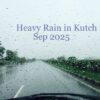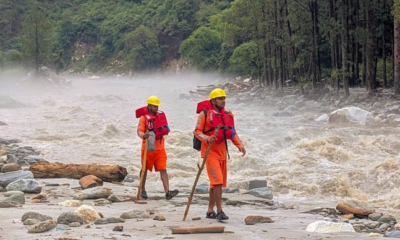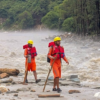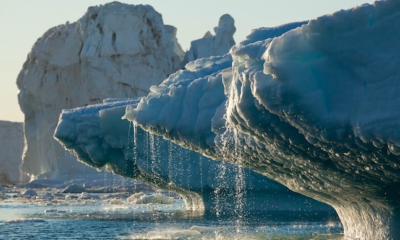The world is rapidly approaching a critical climate milestone, with the latest report from the World Meteorological Organisation (WMO) warning that Earth is on track to cross the 1.5°C temperature rise threshold by 2029. This projection marks a significant escalation in the urgency to tackle climate change, highlighting intensifying risks to societies, economies, and the environment.
According to the WMO’s decadal forecast, there is now an 86% probability that at least one year between 2025 and 2029 will see global temperatures exceed 1.5°C above pre-industrial levels, defined as the average temperature from 1850 to 1900. The report, compiled with input from the UK Met Office and other global climate centers, also estimates a 70% chance that the five-year average temperature from 2025 to 2029 will surpass this critical threshold—an increase from last year’s forecast.
The report further projects an 80% probability that at least one year in this period will be warmer than 2024, potentially making it the hottest year on record. This ongoing trend of record-breaking heat underscores the escalating impacts of climate change around the globe.
“Every fraction of a degree in additional warming intensifies the frequency and severity of heatwaves, extreme rainfall, droughts, melting ice sheets and glaciers, ocean warming, and rising sea levels,” the WMO warns. These climate extremes pose increasing threats to human health, food security, water supplies, and infrastructure, especially in vulnerable regions.
The Arctic region is expected to experience the most dramatic warming, at more than three and a half times the global average. Winter temperatures in the Arctic are forecast to rise by 2.4°C above the recent 30-year baseline, contributing to rapid sea ice loss in the Barents, Bering, and Okhotsk seas. This Arctic warming accelerates global climate feedback loops, such as permafrost thaw and methane release, which could further amplify global temperature increases.
Shifts in precipitation patterns are also anticipated. Wetter-than-average conditions are expected in regions including the Sahel, northern Europe, Alaska, and northern Siberia, while drier conditions are forecast for the Amazon rainforest. South Asia is likely to continue experiencing wetter years, although seasonal rainfall will remain variable.
Ko Barrett, WMO Deputy Secretary-General, emphasized the grim outlook: “Unfortunately, this WMO report provides no sign of respite over the coming years. There will be a growing negative impact on our economies, our daily lives, our ecosystems, and our planet.”
These developments highlight the challenges of meeting the goals of the Paris Agreement, which aims to limit long-term global warming to well below 2°C, with efforts to keep it under 1.5°C. The WMO stresses that temporary exceedances of these thresholds are becoming increasingly frequent as global temperatures rise, even if longer-term targets are met.
With COP30 scheduled for later this year, the report underscores the urgent need for nations to update and strengthen their climate action plans. Without accelerated mitigation efforts to reduce greenhouse gas emissions and adapt to changing conditions, the mounting impacts of climate change will continue to worsen, affecting millions worldwide.
The WMO’s latest findings serve as a stark reminder that the window to limit global warming and protect the planet’s future is rapidly closing. Immediate, concerted international action remains crucial to avert the most severe consequences of climate change.
IT.




























